HRMS is beneficial, without a doubt, but isn’t it expensive?
We’re about to debunk this notion today! You might have heard a lot about how HRMS improves the performance of your organisation. But if you dig behind the surface and across the board, an HRM system is also more cost-effective. For better comprehension, We’ve classified the cost affecting factors in 3 heads:
-
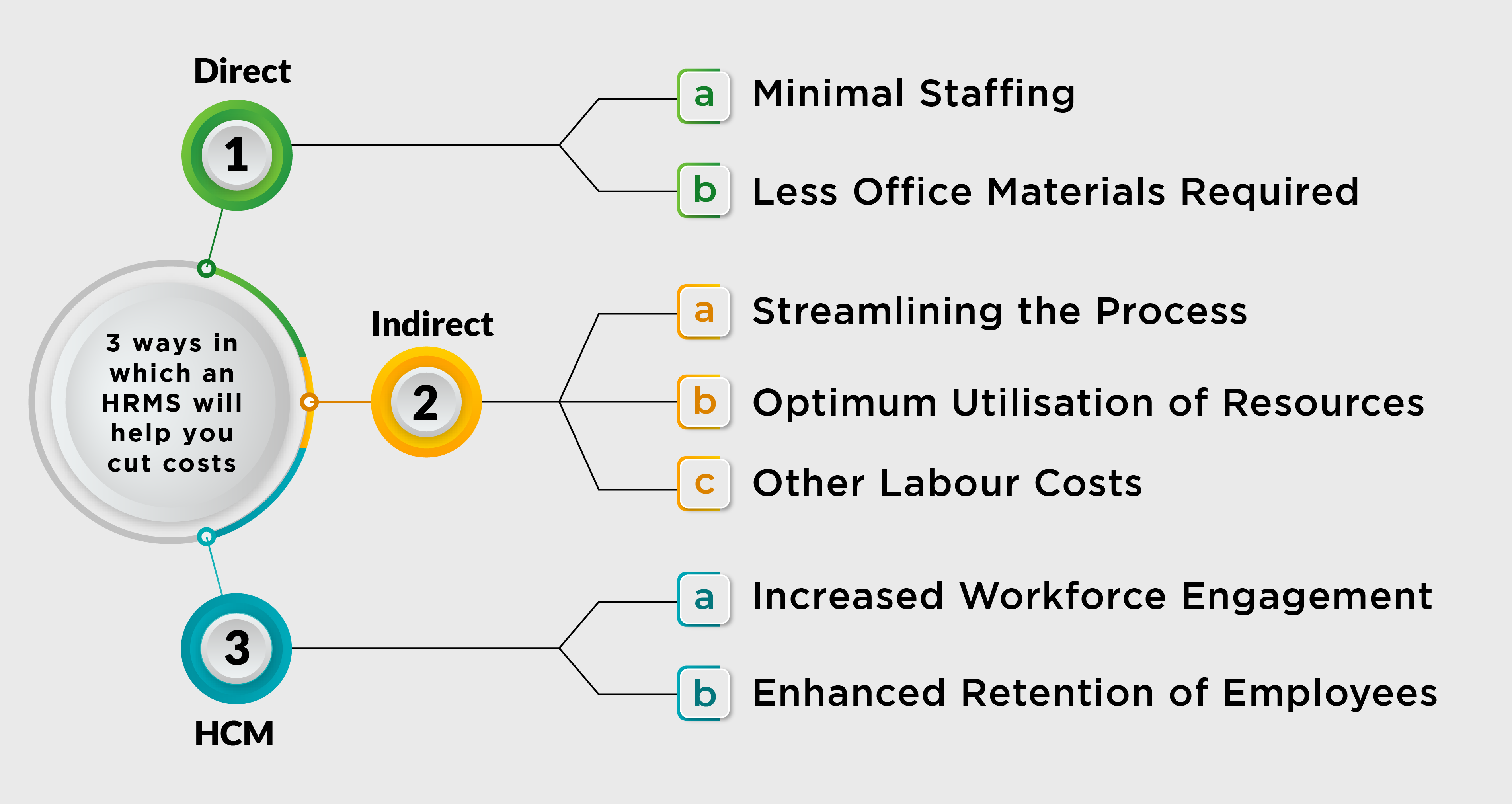
-
Direct Cost Cutting:
Since an HR system automates the HR processes that would otherwise be performed manually. Also, it aids in cost reduction. This saves both time and money. These are the ways that an HRMS lowers the costs of the HR process:
– Minimal Staffing
Many crucial HR functions can be automated using HR software. This lessens the need for overstaffing. Of course a business still needs HR Staff to manage the workforce and carry out other important activities. But, the introduction of HRMS does guarantee a decrease in overstaffing. And hence lowering staffing costs.
– Less Office Materials Required
Office supplies include registers, pencils, filing cabinets, and other such small office items. An HRMS automates processes and makes a digital note simultaneously. Hence, the need for office items has significantly decreased. Not to mention that the sector is moving away from paper. Thus investing in HR software may be your first move towards digitization and cost savings in the process.
-
Indirect Cost Cutting:
An HRMS is economical in indirect ways besides the direct ones. When you look past the first cost reduction, these advantages become clear. The following are some indirect advantages of an HRMS for your company:
– Streamlining the Process
It has been demonstrated that an HR system can improve productivity. This is because it assists managers and employees in avoiding roadblocks. This guarantees improved output and fewer interruptions. Which then improves organisational performance as a whole.
– Optimum Utilisation of Resources
By automating numerous other activities, an HRMS enables the manager to concentrate on planning. This helps them to organise the process and guarantee the best possible use of the available resources. This minimises both time and resource waste while also lowering resource costs.
– Other Labour Costs
The use of human resource software also lowers labour expenses. As staffing for jobs like petty cash manager and similar positions is not required anymore. The need for these “extra labour costs” can be removed if these tasks are automated via HRMS.
-
Better HCM
A firm benefits from a positive work environment in addition to just lowering costs. As it assists the company increase productivity and maintain stronger relationships with staff. An employee that is content and happy with their job will work harder and end up being a better asset. Here are some ways an HRMS can aid in better managing your human capital:
– Increased Workforce Engagement
Engaging in person with employees and allowing them to speak their minds is one approach to improve relationships with them. Employees can express their opinions on the discussion board using HRMS and feel satisfied. You can track development more precisely when there is higher employee engagement.
– Enhanced Retention of Employees
A high employee retention rate demonstrates how well you treat your staff and how happy they are. Maintaining a high staff retention rate is crucial because it boosts your company’s reputation.
In conclusion, implementing HR software improves organisational performance while also being more cost-effective. An HR software can assist you in reducing expenses and enhancing organisational performance in many ways.
Your HR processes can be automated with the help of Spine HR Suite, a fantastic HR partner that won’t break the bank. You can read how HRMS benefits your organisation’s performance? if you’re still unsure about it.

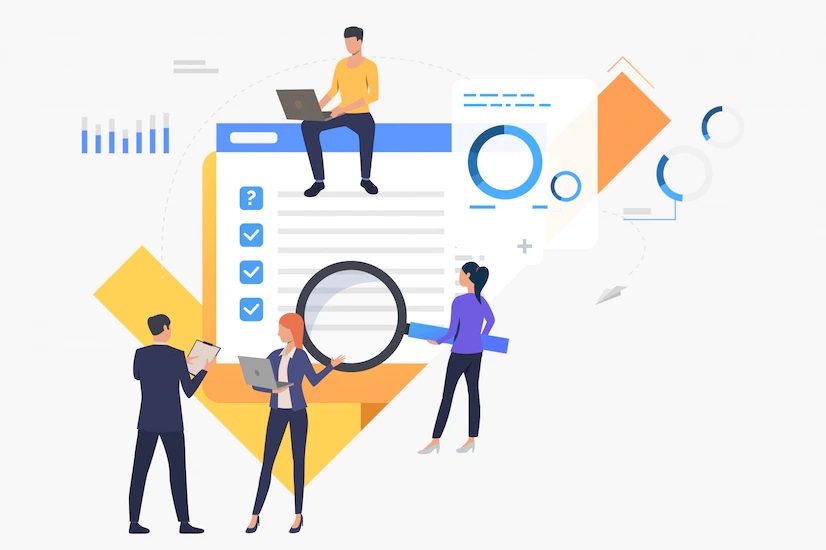

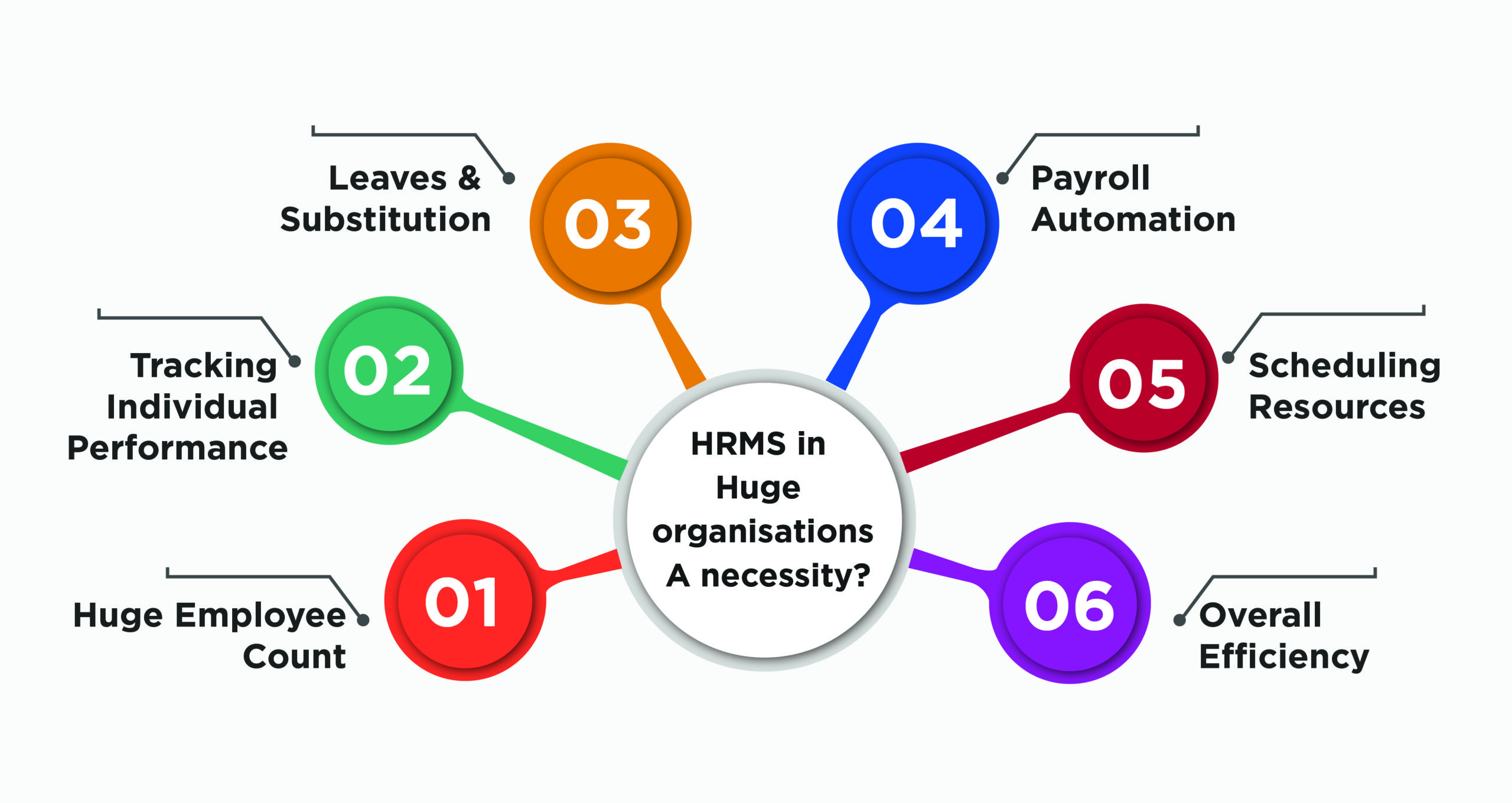 – Huge Employee Count
– Huge Employee Count
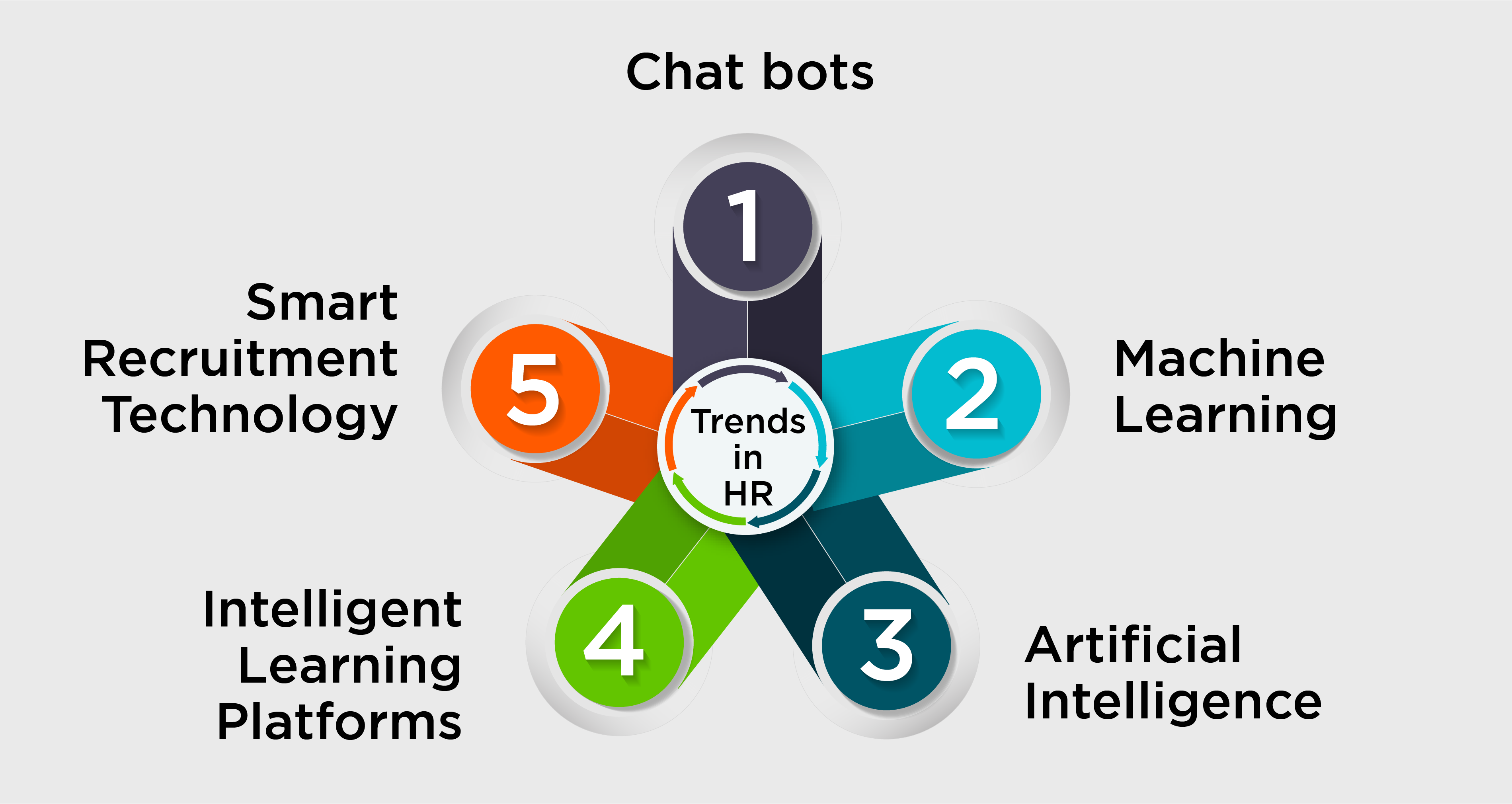 Chat bots
Chat bots
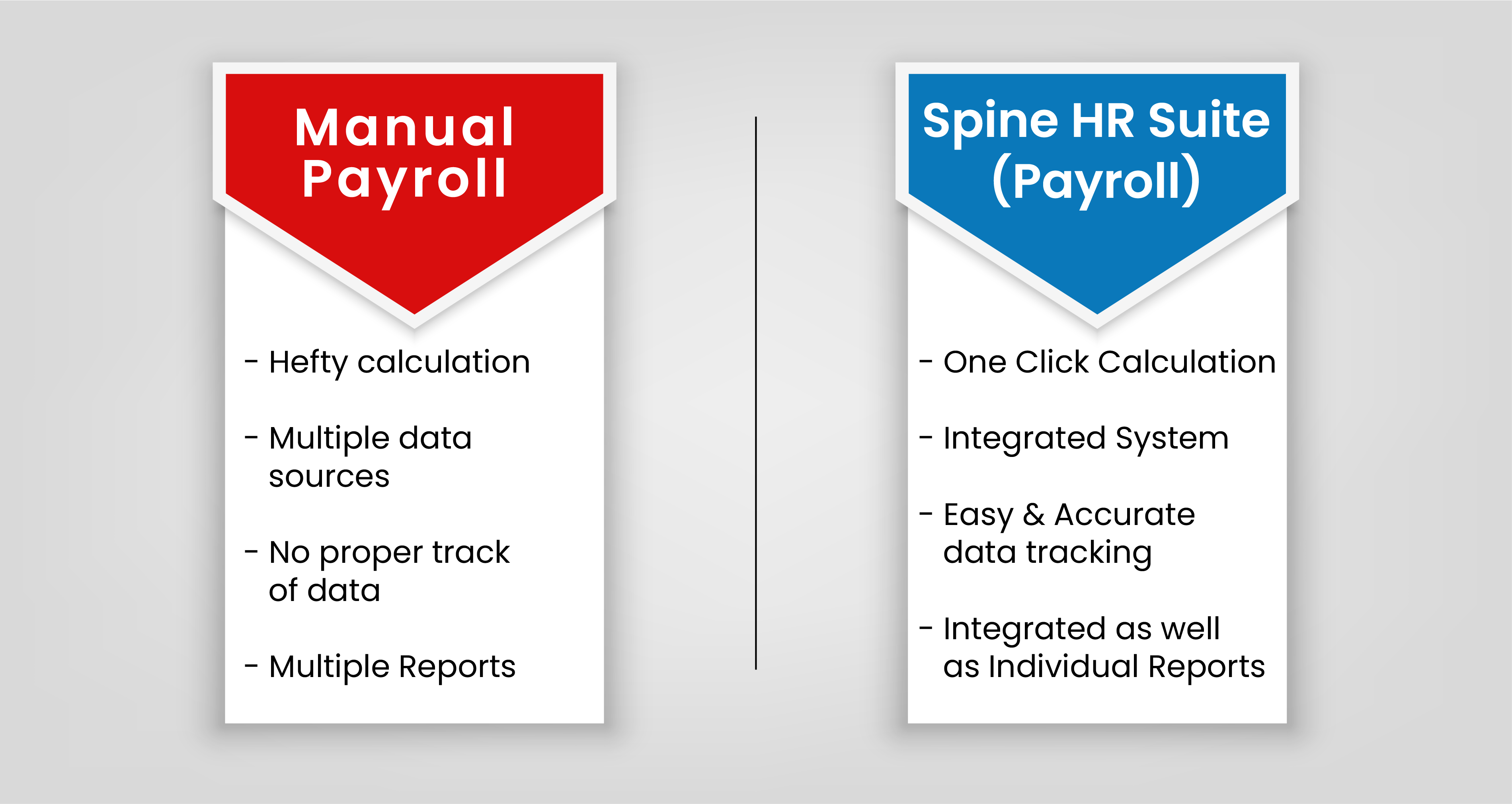

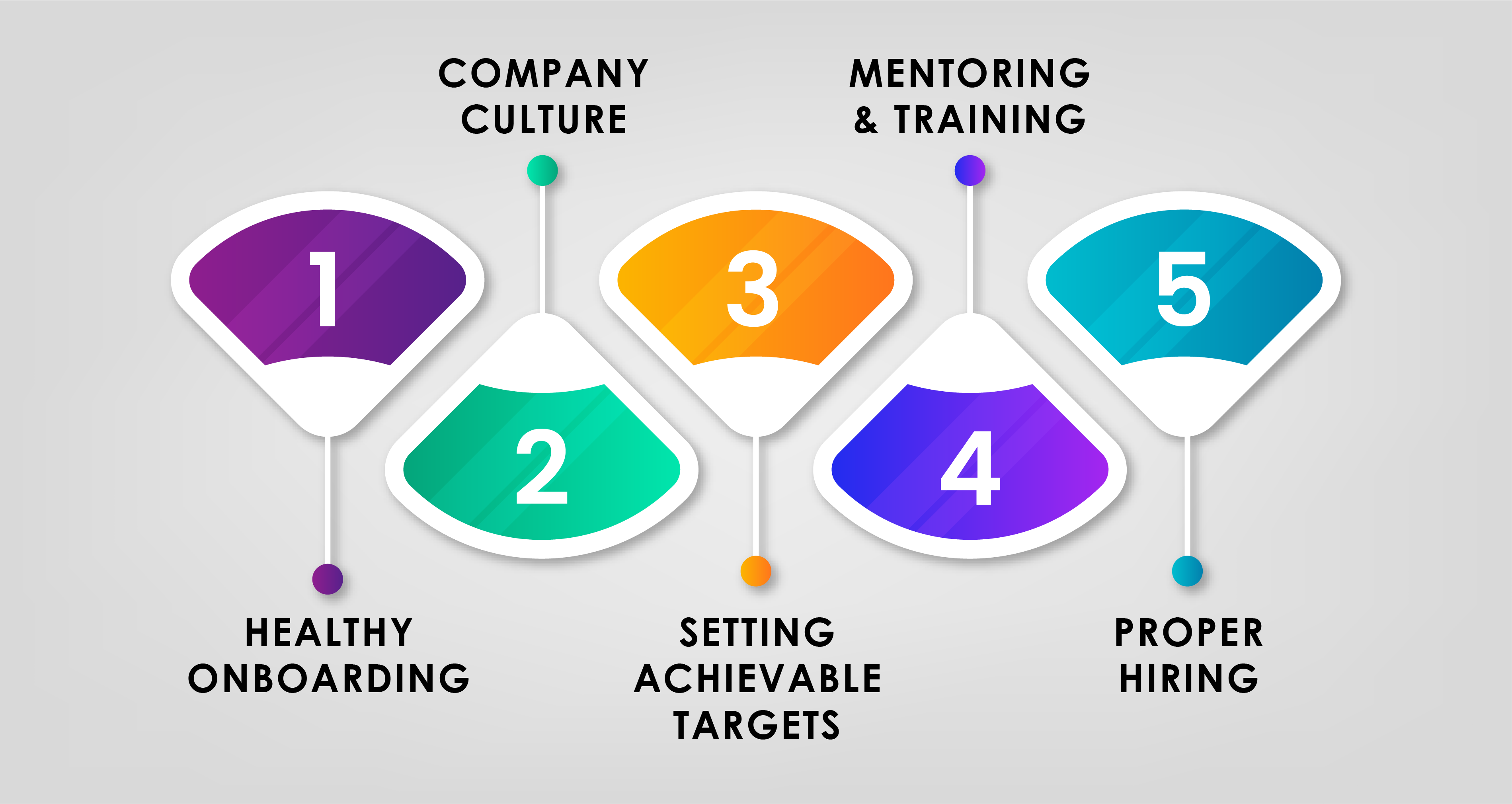 – Healthy Onboarding
– Healthy Onboarding
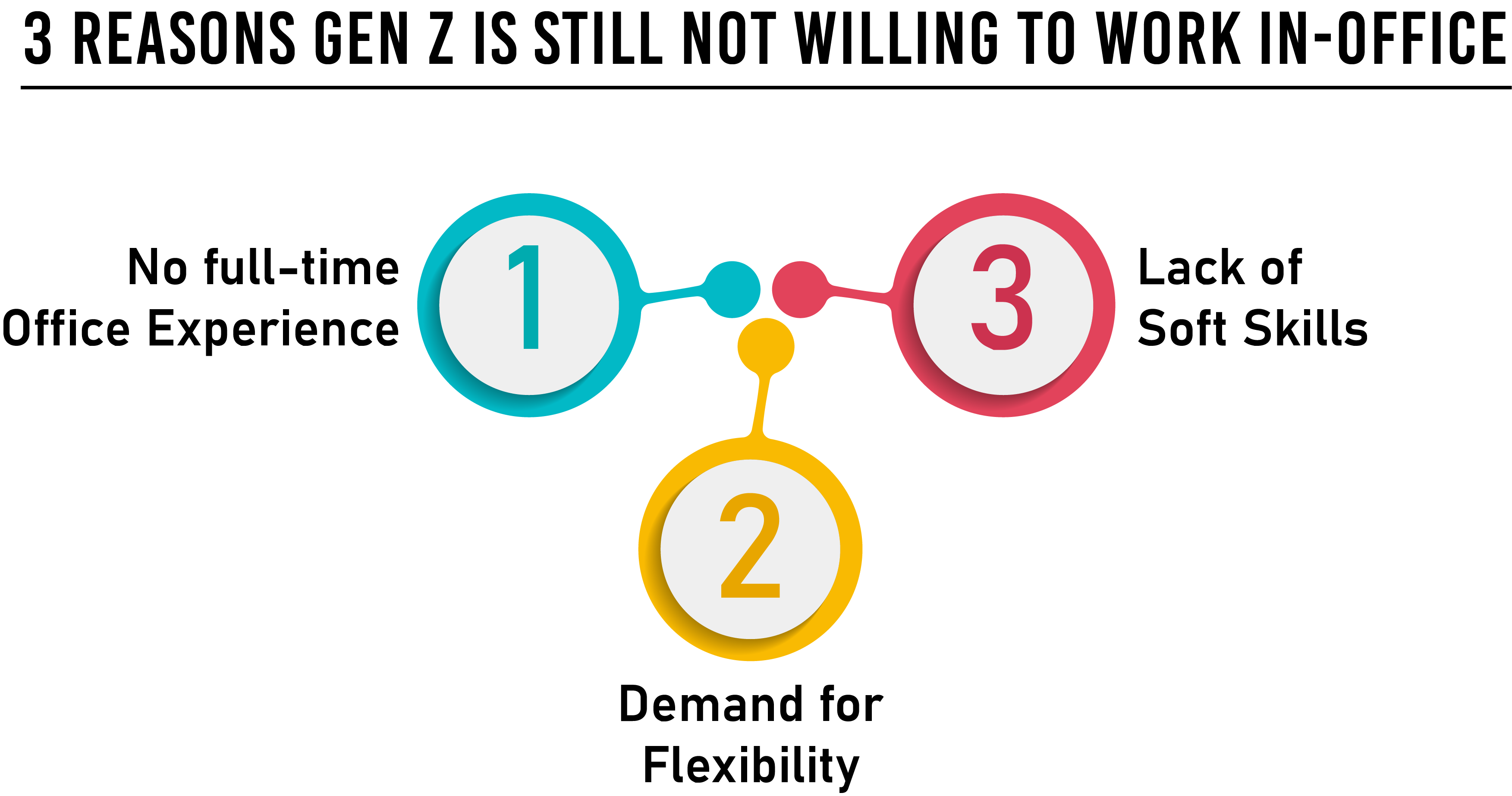 No full-time Office Experience
No full-time Office Experience
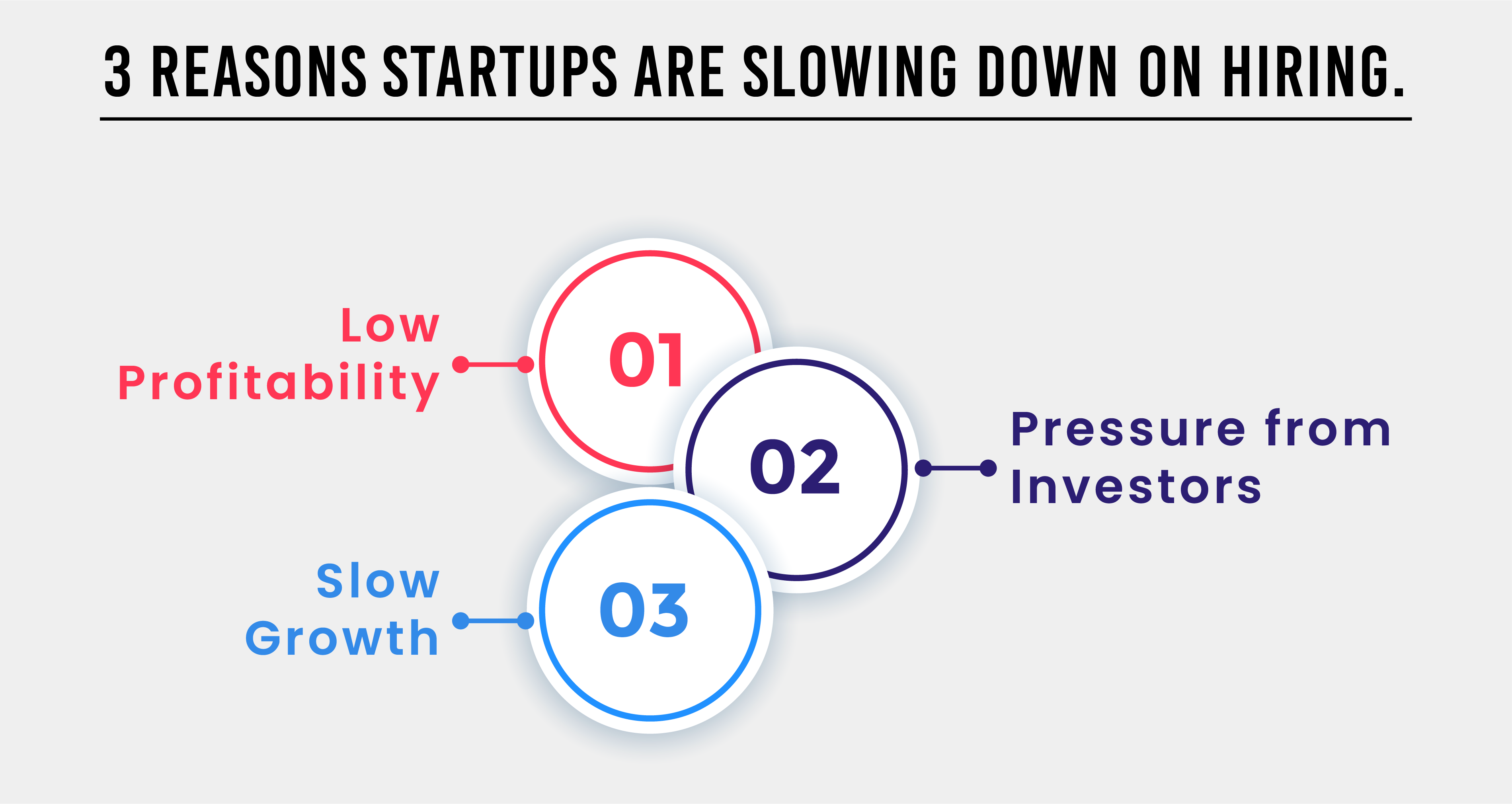 – Low Profitability
– Low Profitability
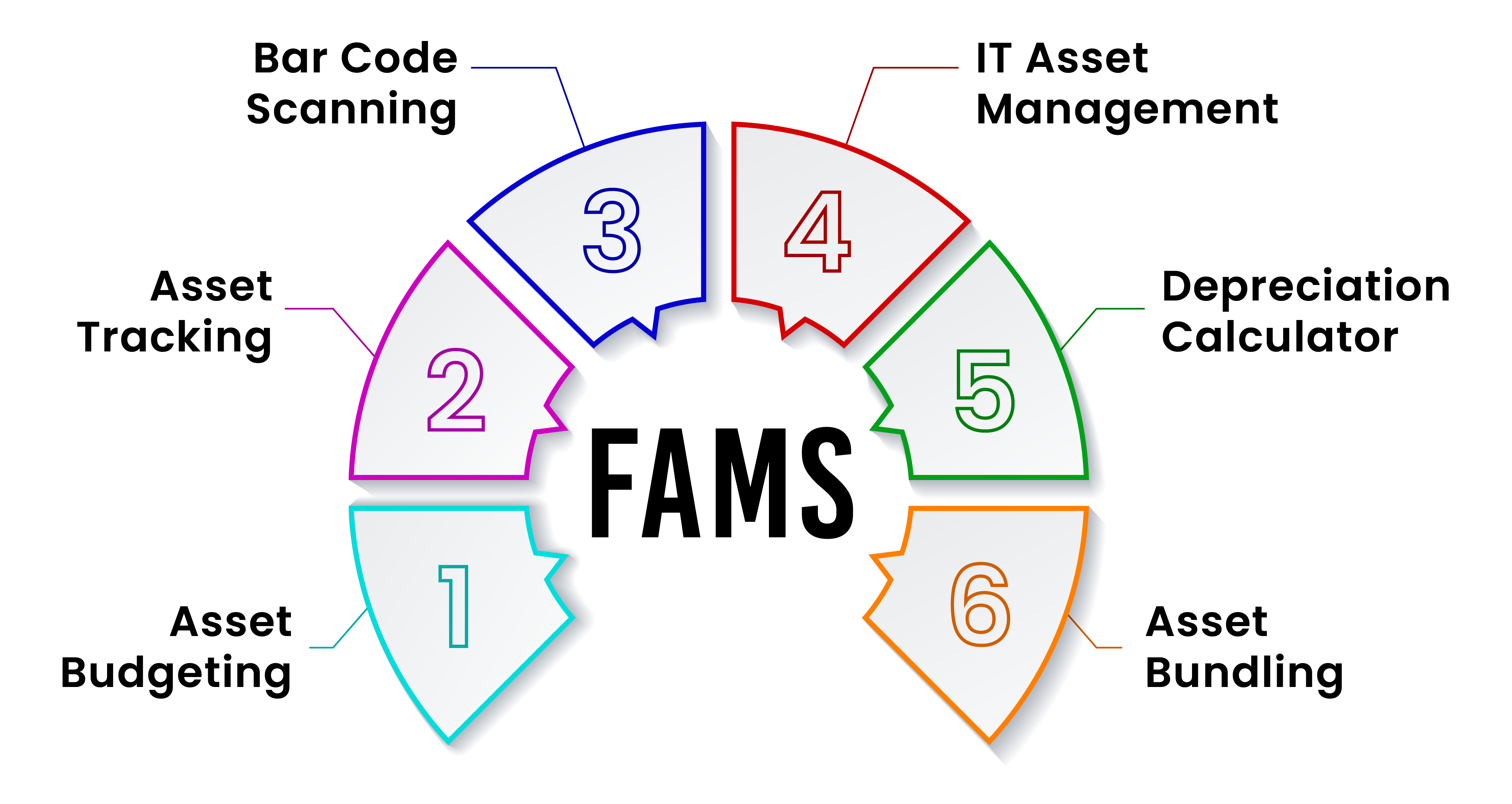 Asset Budgeting
Asset Budgeting
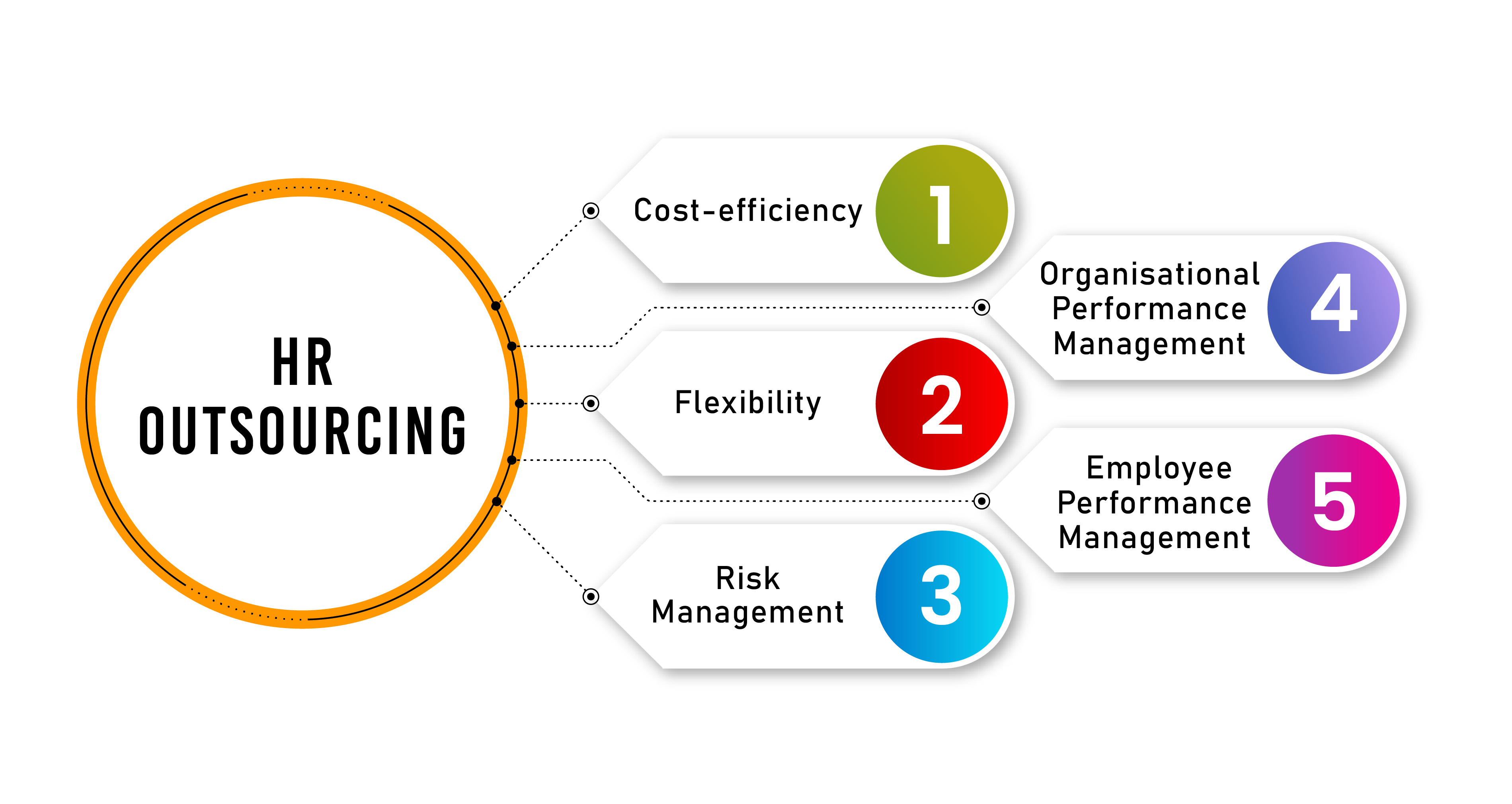 – Cost-efficiency
– Cost-efficiency
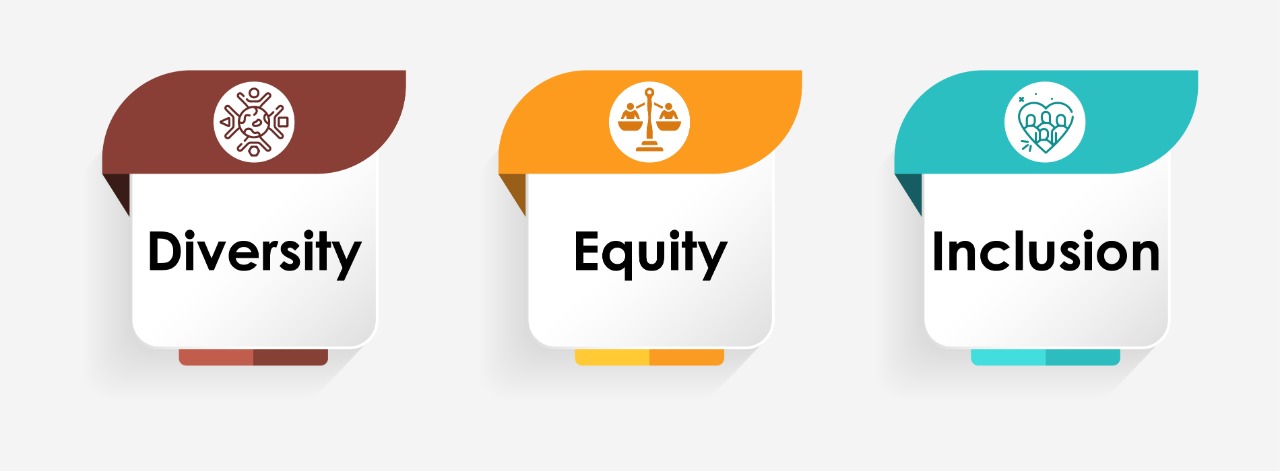 DEI stands for diversity, equity and inclusion. Diversity is the presence of differences within a given setting. Equity is the process of ensuring that processes and programs are impartial, fair and provide equal possible outcomes for every individual. Inclusion is the practice of ensuring that people feel a sense of belonging in the workplace.
DEI stands for diversity, equity and inclusion. Diversity is the presence of differences within a given setting. Equity is the process of ensuring that processes and programs are impartial, fair and provide equal possible outcomes for every individual. Inclusion is the practice of ensuring that people feel a sense of belonging in the workplace.